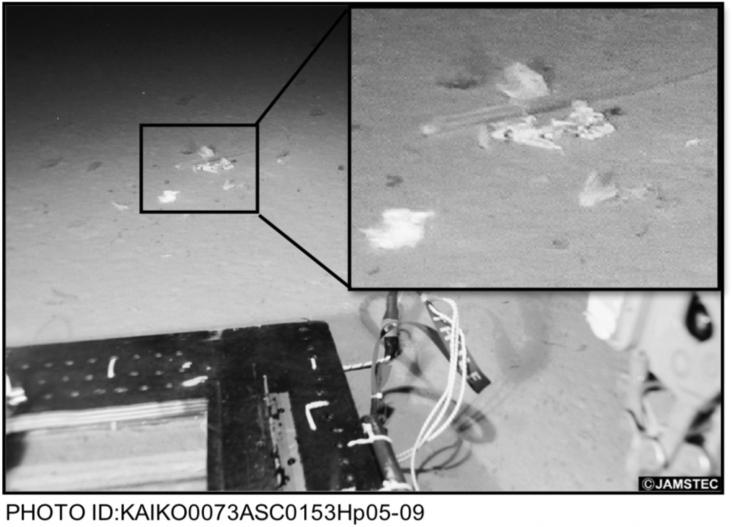This collection of articles focusses on SDG 14 (life below water). Every coastal State, including several members of G20, face threats to marine ecosystems and the environment as complex societal, economic and governance challenges. Ocean management involves multi-disciplinary science and complex issues of policy design, while implementation demands consultative decision making and long term capacity development. In order to achieve sustainable development and conservation goals, we must improve the integration of science into marine policy, whilst achieving social and economic inclusivity and diversity. From coastal systems where human activities are layered in ocean space, to remote oceanic systems, management faces complex challenges in identifying and quantifying trade-offs between conservation and sectoral interests.
In this special collection, we have selected articles published in Elsevier’s peer-reviewed journals that showcase the current issues of marine environment and policies. Topics that are covered include marine pollution, climate change impact on ocean, UN Sustainable Development Goals, coastal management, fisheries management and high seas governance, with several articles dedicated to highlighting the latest scientific developments on these issues from Japan. The articles were selected in consultation with ocean experts of the Nippon Foundation Nereus Program, an interdisciplinary global research network.
Marine Policy, Volume 94, August 2018
This viewpoint emphasizes gendered perspectives and reflects on gender roles for sustainability-focused governance. It argues that when considering gender in this context, not only equity, or power-plays between genders are at stake; in addition, for effective ocean governance, an irreducible contribution of female voices is necessary. Some key contributions of women in the field of ocean governance-related research are described as examples. If women, for instance, are not included in fisheries management, we miss the complete picture of social-ecological linkages of marine ecosystems.
Ocean and Coastal Management, Volume 154, 15 March 2018
Mangrove forests provide critical services around the globe to both human populations and the ecosystems they occupy. However, losses of mangrove habitat of more than 50% have been recorded in some parts of the world, and these losses are largely attributable to human activities. The importance of mangroves and the threats to their persistence have long been recognized, leading to actions taken locally, by national governments, and through international agreements for their protection. In this review, we explore the status of mangrove forests as well as efforts to protect them.


